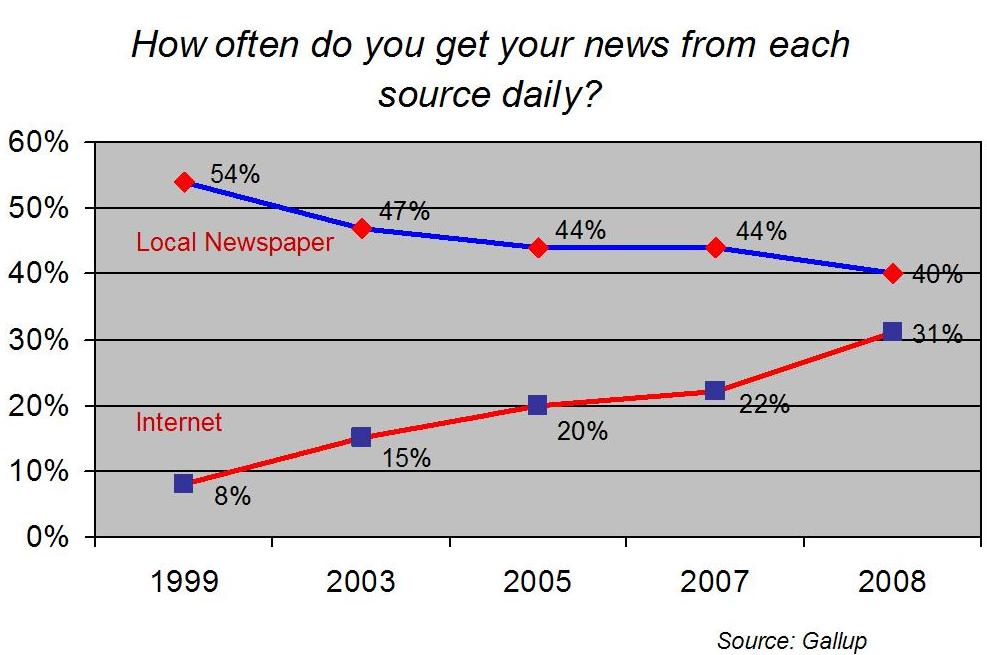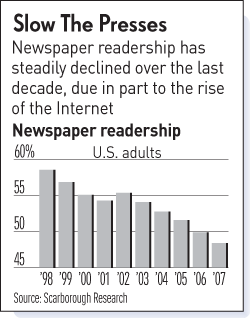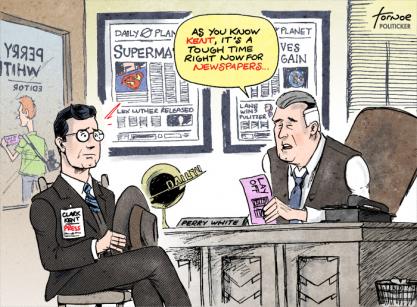We wrap up our review of the highlights of 2008 with a selection of the best quotes we carried.
What’s black and white and completely over? It’s newspapers.”
– Jon Stewart, The Daily Show
“We wish Scripps well as it leaves the Denver newspaper market.”
–Denver Post Publisher Dean Singleton, effectively closing the door on any chance he would rescue rival Rocky Mountain News
 “Today is set aside as National Punctuation Day (though, like National Grammar Day [March 4, isn’t it?], an occasion I’m inclined to approach with some misgivings); it has been commemorated since 2004 by Jeff Rubin, the self-described Punctuation Man (!) and his wife, who, since “premiering Punctuation Playtime in September 2006 … have been as busy as commas in a Sears catalog,” and who carry the message that “careless punctuation mistakes cost time, money, and productivity”: a proposition that merits examination – and illustrated here by a sentence that will have included all 13 standard punctuation marks when it arrives at a full stop.”
“Today is set aside as National Punctuation Day (though, like National Grammar Day [March 4, isn’t it?], an occasion I’m inclined to approach with some misgivings); it has been commemorated since 2004 by Jeff Rubin, the self-described Punctuation Man (!) and his wife, who, since “premiering Punctuation Playtime in September 2006 … have been as busy as commas in a Sears catalog,” and who carry the message that “careless punctuation mistakes cost time, money, and productivity”: a proposition that merits examination – and illustrated here by a sentence that will have included all 13 standard punctuation marks when it arrives at a full stop.”
–John McIntyre, Baltimore Sun copy desk director, demonstrating how to use all 13 stanbdard punctuation marks correctly in a single sentence
“You are not in the newspaper business. You are in the business of going into your communities, finding stories, processing them and delivering them back to your clients and charging advertisers for those eyeballs.”
– Journalism futurist Michael Rosenblum, to the Society of Editors
“The newsroom…is down to seeds and stems in terms of numbers of reporters, photographers, copy editors and sports writers.”
–Mike Tharp, executive editor of the Merced (Calif.) Sun-Star, leaving little doubt that he has inhaled
 “Victimhood is an irresponsible abdication of responsibility, a surrender.”
“Victimhood is an irresponsible abdication of responsibility, a surrender.”
— Jeff Jarvis, on journalists’ protests that the newspaper industry’s predictament isn’t their fault.
“The newspaper industry is an abusive relationship. We keep getting beat up but we keep coming back because we love him.”
—Martin Gee, administrator of a new group on Facebook called Newspaper Escape Plan
“I repeatedly witnessed bizarre behavior at newspapers that no other business would ever allow. Some reporters and columnists were frequently drunk or on drugs on the job. Such conduct was not simply tolerated, it was condoned. These third-rate Hunter Thompsons screwed up appointments and scrambled facts but were never called to account for their mistakes, incivility or disruptive behavior.”
—Political consultant Clint Reilly
“We wish Jay well and will miss him – not personally, of course – but in the sense of noticing he is no longer here, at least for a few days.”
—Chicago Sun-Times editor Michael Cooke on the paper’s bitter breakup with sports columnist Jay Mariotti
“Many of our regular readers regard us like the electric company or water utility. Yes, everyone wants electricity and water and it’s a pain to do without them. But your soul just isn’t stirred by the sight of working faucet or wall socket.”
—Chicago Tribune Editor Gerry Kern on giving readers what they want
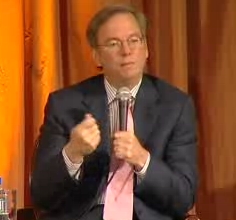 “These guys are in a world of hurt and we as a community need to find economic models that will fund really great content.”
“These guys are in a world of hurt and we as a community need to find economic models that will fund really great content.”
—Google CEO Eric Schmidt on the decline of investigative journalism resulting from newspaper layoffs, a problem for which his company bears no small responsibility
“Galleria escalator stalls, dozens of riders trapped”
—Headline in Not The Los Angeles Times, a parody website
[Veteran journalists told us that if] young people were leaving, it was because they were wimps, and good riddance.”
—Vickey Williams of Northwestern University’s Media Management Center on the challenges of changing newsroom culture
“The inessentialness of copy editors is underscored by the advent of sophisticated spellchecking systems which have introduced a hole new level of error-free proofreading. No longer can we say that the editor’s penis mightier than the sword.”
—Washington Post columnist Gene Weingarten, in playful response to executives’ comments that the paper needed fewer copy editors
“A prototypical publisher selling 250,000 newspapers on each of the 365 days of the year adds nearly 28,000 tons of carbon dioxide to the atmosphere. That’s roughly equivalent to the CO2 spewed by almost 3,700 Ford Explorers being driven 10,000 miles apiece per year.”
—Alan Mutter, a journalist and former CEO who admits to owning an SUV
“At least with Tribune, you could have a rational fight; they never shouted obscenities at me. I wish somebody could tell [Sam Zell] that he’s presiding over important newspapers and that sounding like a knucklehead won’t work in the newspaper business.”
—Dean Baquet, former Los Angeles Times editor-in-chief, in an interview with LAMag.com
 “In yesterday’s column about badminton, I misspelled the name of Guatemalan player Kevin Cordon. I apologize. In my defense, I want to note that in the same column I correctly spelled Prapawadee Jaroenrattanatarak, Poompat Sapkulchananart and Porntip Buranapraseatsuk. So by the time I got to Kevin Cordon, my fingers were exhausted.”
“In yesterday’s column about badminton, I misspelled the name of Guatemalan player Kevin Cordon. I apologize. In my defense, I want to note that in the same column I correctly spelled Prapawadee Jaroenrattanatarak, Poompat Sapkulchananart and Porntip Buranapraseatsuk. So by the time I got to Kevin Cordon, my fingers were exhausted.”
–Humorist Dave Barry, quoted in RegretTheError.com
 “Today is set aside as
“Today is set aside as  “Victimhood is an irresponsible abdication of responsibility, a surrender.”
“Victimhood is an irresponsible abdication of responsibility, a surrender.”

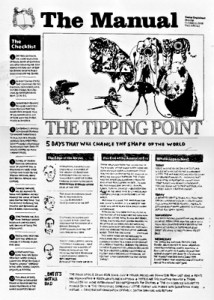 A team of enterprising publishers in the UK produced a four-page
A team of enterprising publishers in the UK produced a four-page 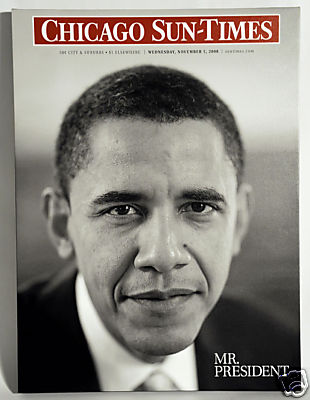 The Chicago Sun-Times
The Chicago Sun-Times 

 The Onion offered a tutorial in how to write a provocative magazine cover line (right).
The Onion offered a tutorial in how to write a provocative magazine cover line (right). The Simpsons showed its snotty character Nelson insulting a journalist. “Hah hah! Your medium is dying!”
The Simpsons showed its snotty character Nelson insulting a journalist. “Hah hah! Your medium is dying!” Editors at the Wine Spectator
Editors at the Wine Spectator 